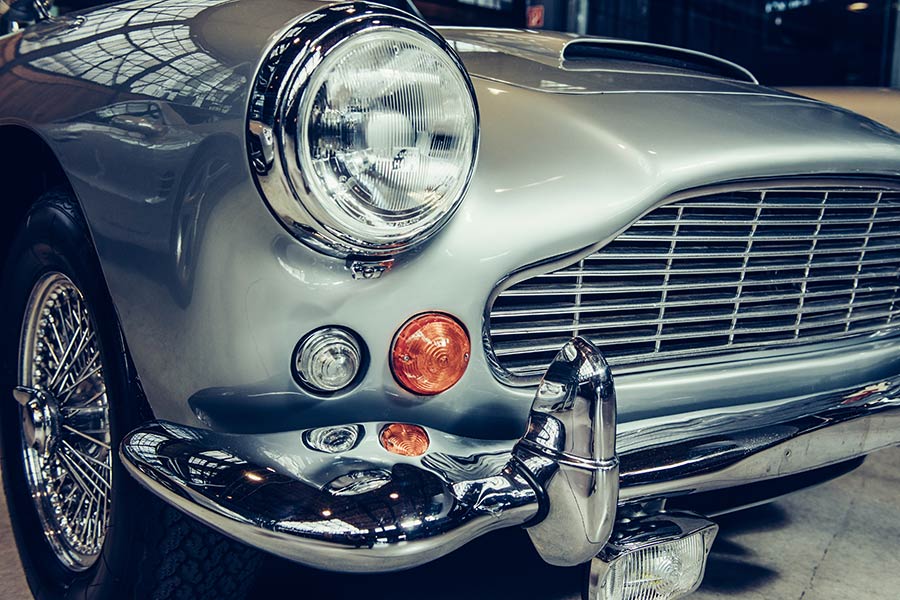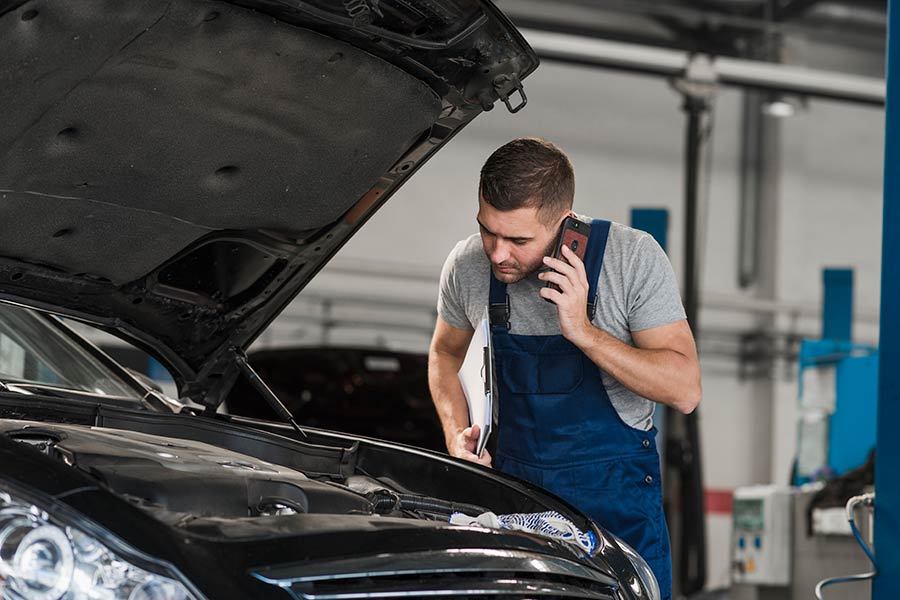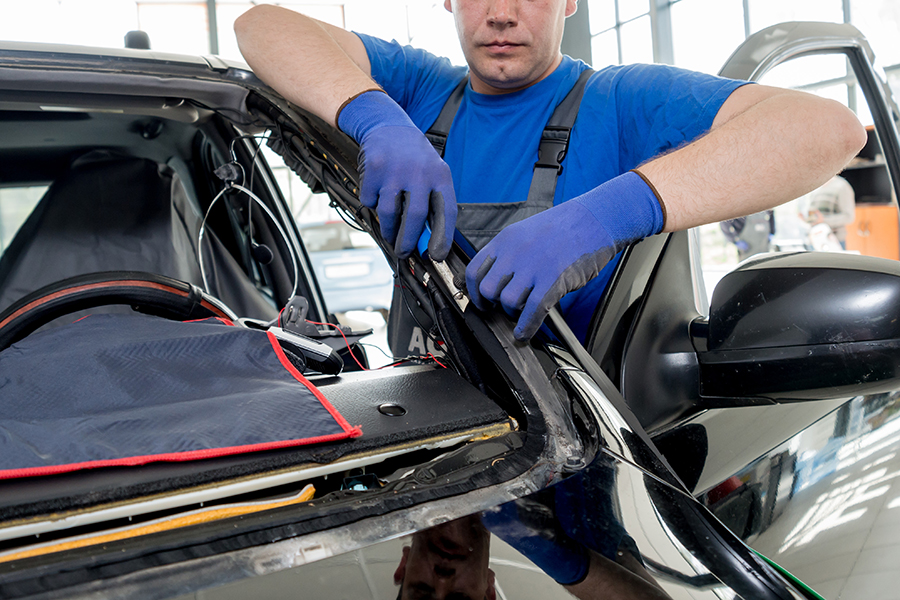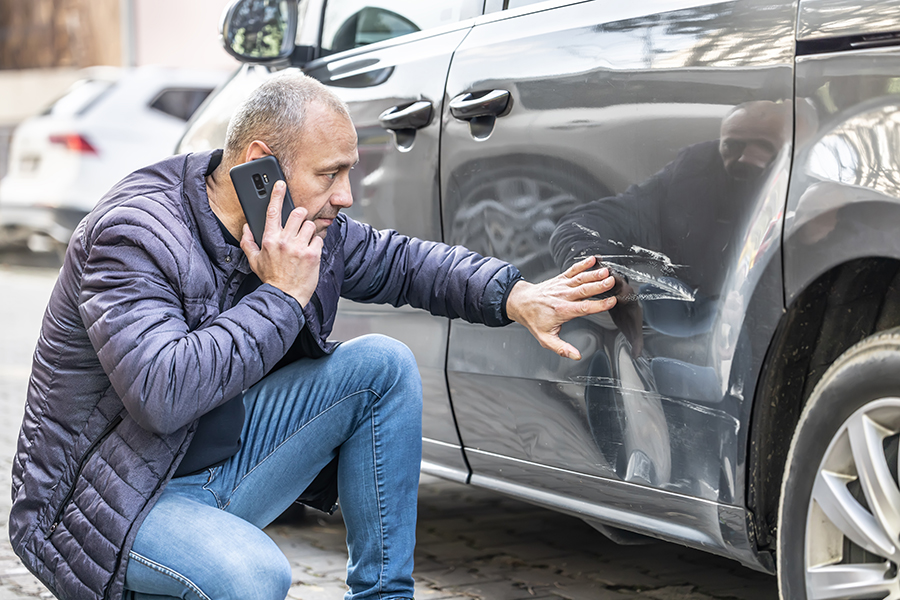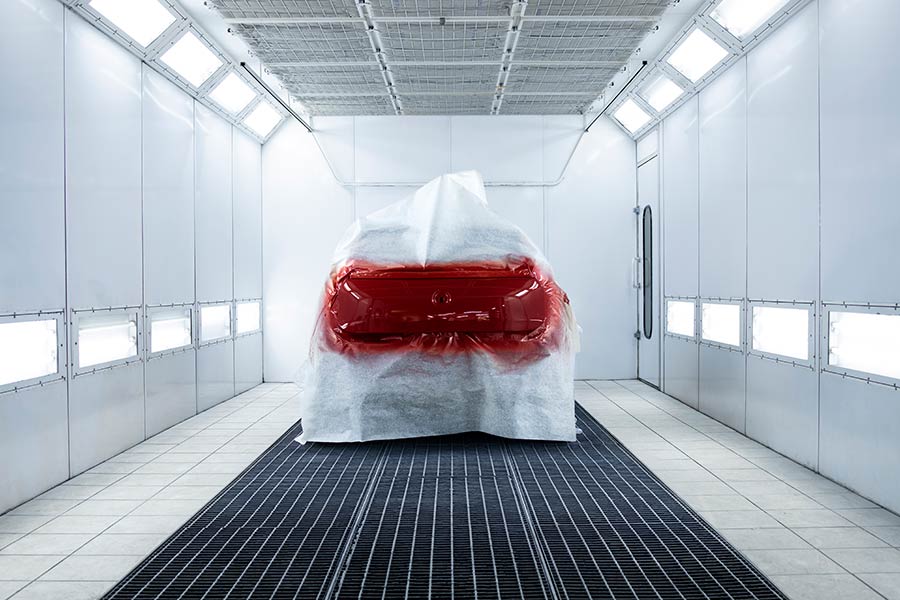Diving into classic car body restoration is like stepping back in time, but not all rides start shiny. Picture a rusty gem hidden in a garage, waiting for a touch of magic to bring it back to its former glory. This isn't just about slapping on some paint; it's an art form that breathes life into relics of the past. Whether you're a seasoned pro or new to the game, transforming these aged beauties requires patience, skill, and a bit of elbow grease. Let's explore how to turn those forgotten classics into head-turning masterpieces.
Key Takeaways
-
Before starting a classic car body restoration, always assess the car's condition to understand the extent of work needed.
-
Preparation is key; gather all necessary tools and parts ahead of time to avoid delays during the restoration process.
-
Rust removal and metalwork are critical steps; ensure they are done thoroughly to prevent future issues.
-
A high-quality paint job can transform a car's appearance; invest time and resources here for the best results.
-
Don't overlook mechanical restoration; it's as important as bodywork for the car's performance and safety.
-
Regular maintenance is essential to preserve the car's condition and value after restoration.
Assessing Classic Cars
Initial Evaluation
The first step is to look closely at the car. This means checking every part to see what needs fixing. It's important to see if the frame of the car is strong and not damaged.
One should also check for rust and other damage, especially in important areas. These spots can tell a lot about how much work the car needs.
Setting Goals
After checking the car, it's time to decide what you want it to look like. Some people want their car to look exactly how it was made. Others might want to add new parts or change its look.
Setting a deadline is key. It helps plan how much work needs to be done each week or month. Also, think about how perfect you want your car to be. Higher quality often means more time and money.
Model Research
Learning about your car's original design and features is crucial. Every model has its own challenges when restoring it.
Finding help from clubs or online forums can give great advice and tips specific to your car model. Talking with experts can also save a lot of time and trouble.
Preparing for Restoration
Sourcing Parts
Finding the right parts is crucial. Look for trustworthy suppliers who specialize in either authentic or high-quality reproduction parts. It's important to compare not just prices but also the quality offered by different vendors. For those hard-to-find or custom-made pieces, remember to ask about the lead time. This ensures you're not left waiting indefinitely.
Negotiating Purchases
Getting a good deal involves some skill. Practice your bargaining techniques to secure better prices on both parts and restoration services. It helps to know the market value of what you're buying so you don't end up overpaying. Also, don't overlook the possibility of bulk purchase discounts if you're buying multiple items.
Disassembly Tips
When taking apart your classic car, keeping everything organized is key. Label each part as it's removed, making reassembly much easier later on. Always use the correct tools to avoid causing any damage. Taking photos for reference before and during disassembly can be a lifesaver when it's time to put everything back together.
Documentation Techniques
Document every step of your restoration journey meticulously. Keep detailed records of all work done and parts replaced. A photo log not only helps in future restorations but also adds value to your car by showing the extent of your work. Maintain a file for all receipts and warranties related to your purchases.
Tackling Rust and Metalwork
Rust Removal
Techniques
Proper sandblasting is key. It removes rust without harming the metal underneath. Always wear safety gear during this process. Next, chemical strippers come in handy for peeling off old paint. But, they must be used with care to avoid skin burns or environmental harm. Finally, applying seam sealer effectively keeps new rust from forming.
Tools
High-quality tools make a big difference. They ensure precision and save time. For shaping metal, an English wheel can be invaluable. It requires skill but achieves excellent results. Regular maintenance of these tools is also crucial for both safety and their longevity.
Metal Fabrication
Mastering basic skills in metalworking is essential for creating replacement parts that fit just right. Shaping metal panels to match the car's original contours demands patience and practice. Moreover, welding and soldering are foundational techniques to join metal pieces securely.
Welding Basics
Choosing the right welder depends on the job at hand MIG, TIG, or Stick welders each have their advantages. Safety comes first in welding, so understanding and following safety protocols is non-negotiable. Before working on your classic car, practicing on scrap metal helps hone your skills without risking damage.
Bodywork and Painting
Surface Preparation
Before any paint touches your classic car, surface preparation is key. You must clean every inch of the body. This means getting rid of dirt, oil, and old paint. For smoothing out the bodywork, choosing the right grit sandpaper is crucial. It makes surfaces ready for what comes next. Then, applying primer evenly sets up a solid base. This step can't be rushed if you want top-notch results.
Paint Selection
Choosing paint is more than picking a color. You must match the original shade or decide on a new one that fits your vision. The type of paint matters too. Enamel, lacquer, and urethane have their own benefits for durability and look. Also, remember that some paints might not be allowed due to environmental rules.
Refinishing Methods
After tackling rust and metalwork, refinishing brings your classic back to life. Mastering spray painting gives that smooth finish everyone loves. Clear coats add extra protection and make it shine like new. Don't forget about buffing and polishing. They bring out a showroom-quality shine that turns heads.
Detailing Tips
Detailing makes your car stand out even more. Clean interior materials like leather with care. Pick the right cleaners for chrome and glass to avoid damage. Polishing the exterior helps remove small scratches and flaws.
Mechanical Restoration
Engine Revival
After perfecting the body and paint, attention turns to the heart of the classic car: its engine. Mechanics might decide to rebuild it. They replace old parts with new ones. This makes the engine reliable again.
Tuning is next. It ensures the engine runs smoothly and efficiently. Finally, changing old fluids, filters, and seals keeps everything inside clean and leak-free.
Electrical System Overhaul
The electrical system is crucial too. Old wiring gets replaced with new, safer wires. This update helps prevent fires and failures.
All lights, from headlights to dash indicators, must work well. If you're adding modern features like GPS or air conditioning, extra circuits will be necessary.
Interior Refurbishment
Inside the car needs love as well. Seats get new fabric or leather to look fresh. The same goes for carpets on the floor.
Dashboards and trim can wear out or break over time. They either get fixed or swapped for better pieces. For music lovers, installing a new sound system that looks old-school keeps the vintage vibe alive.
Reassembly and Finishing Touches
Assembly Steps
After the mechanical restoration, it's crucial to put everything back together correctly. A systematic approach ensures no part is overlooked. Using assembly manuals or guides specific to your classic car's model helps in this process. They show where each piece fits and the correct order of assembly.
It's vital to double-check every fitting and connection. This step is not just about making sure parts fit but also about ensuring safety on the road. Tighten bolts and screws according to specifications, and make sure all components are secure.
Testing and Tuning
Once reassembled, the next step is to take your classic car for a road test. This test checks if all mechanical components work as they should. It's also the perfect time to adjust the suspension and alignment. Proper adjustment ensures the car handles well on the road.
Fine-tuning the engine settings can boost both performance and fuel efficiency. This might involve adjusting the carburetor, timing, and fuel mixture. These tweaks can make a big difference in how your car drives.
Final Inspections
A thorough inspection of all systems and components is essential before declaring the restoration complete. Check for any leaks, unusual noises, or operational issues that may arise during testing.
Ensure that every aspect of the restoration meets your set goals and standards. This final step confirms that your classic car is ready to hit the road safely and reliably.
Overcoming Common Challenges
Hidden Damage
Inspecting for hidden damage is crucial. Look beyond the surface. Use tools to find issues with wires or engines. If you find damage, fix it fast. This stops bigger problems later.
etimes, what's out of sight matters most in classic car body restoration. Tools like scanners help spot trouble early. Fixing these issues quickly keeps your project on track.
Time Management
Make a timeline for your restoration work. Include important steps. Sort tasks by how hard they are and how they depend on each other.
Unexpected things can slow you down. Having a plan helps, but be ready to change it. This way, delays won't ruin your progress.
Cost Control
Keep an eye on your spending. Compare costs to your budget often. This helps avoid surprises.
Look for cheaper parts that still work well. Talk about prices with those helping you or do some work yourself to save money.
Legal Considerations
Check the car's history and make sure it's legal to own and fix up. Know the rules about changing cars in your area.
Your car must pass tests to be driven safely on roads. Make sure it does before you finish.
Maintenance and Preservation
Routine Maintenance
After tackling common challenges in classic car body restoration, it's crucial to keep your vehicle in top shape. Set up a regular maintenance schedule. This ensures the car remains as stunning as the day it was restored.
Check the fluid levels, tire pressure, and battery condition often. These simple steps can prevent many issues down the road. Also, don't forget to inspect the brakes, suspension, and steering systems periodically. They play a big role in keeping your ride safe and smooth.
Preservation Techniques
To protect your hard work, use car covers and store your classic in a climate-controlled space. This shields it from dust and extreme temperatures.
Apply rust inhibitors and sealants to fight off corrosion. It's an extra layer of defense for your car's body. Moreover, avoid harsh weather conditions and chemicals at all costs. They can undo all your restoration efforts quickly.
Performance Tuning
Now that your car looks good, make sure it runs great too. Optimize engine tuning for more power and better efficiency. It makes driving more enjoyable.
Upgrade the suspension and brakes next. These improvements enhance handling and safety significantly. Lastly, consider switching to lightweight components. They boost performance while cutting down on fuel consumption.
Closing Thoughts
Restoring a classic car is like bringing history back to life, piece by shiny piece. You've tackled the nitty-gritty from rust to reassembly, transforming an old ride into a head-turner. It's not just about the elbow grease; it's about preserving a slice of automotive history. Your journey through assessing, prepping, and perfecting your classic car shows dedication that goes beyond mere hobby it's a passion.
Now, rev those engines and let your restored beauty hit the road. Share your story, inspire others, and maybe start all over again with another project. Remember, every dent you smooth out and every part you polish tells a story. So, what's your next chapter going to be? Let's keep these classics rolling and stories unfolding. Ready for another ride?
Frequently Asked Questions
How do I assess the condition of a classic car before restoration?
Start by inspecting the car thoroughly. Look for rust, check the state of the mechanical parts, and evaluate the interior. It's like giving your car a health check-up before deciding on the treatment plan.
What should I do to prepare a classic car for restoration?
First, strip it down to its bones. Remove all parts to get a clear view of what you're working with. Think of it as preparing your canvas before you start painting.
How do I tackle rust and metalwork on a classic car?
Cut out the rust and replace it with new metal. It's like surgery for cars remove the bad parts and patch it up with healthy metal.
What are the steps for bodywork and painting a classic car?
Smooth out dents and imperfections, then prime and paint. Imagine you're giving your car a spa day, ending with a fresh coat of paint to look its best.
Can you explain mechanical restoration for classic cars?
Replace or repair engine parts, transmission, brakes, and suspension. It's akin to giving your car a heart transplant and making sure all its limbs work perfectly.
What does reassembly and finishing touches involve in classic car restoration?
Reassemble carefully, ensuring every part fits perfectly. Then polish and detail. It's like putting together a puzzle where every piece matters for the final picture.
How can I overcome common challenges in classic car restoration?
Stay patient, organized, and flexible. Every restoration project throws curveballs like finding out halfway through that what you thought was a minor issue is actually major surgery.
What are some tips for maintaining and preserving my restored classic car?
Regularly clean, service mechanical parts, and store in a dry place. Treat your restored beauty like a prized possession because it is!
